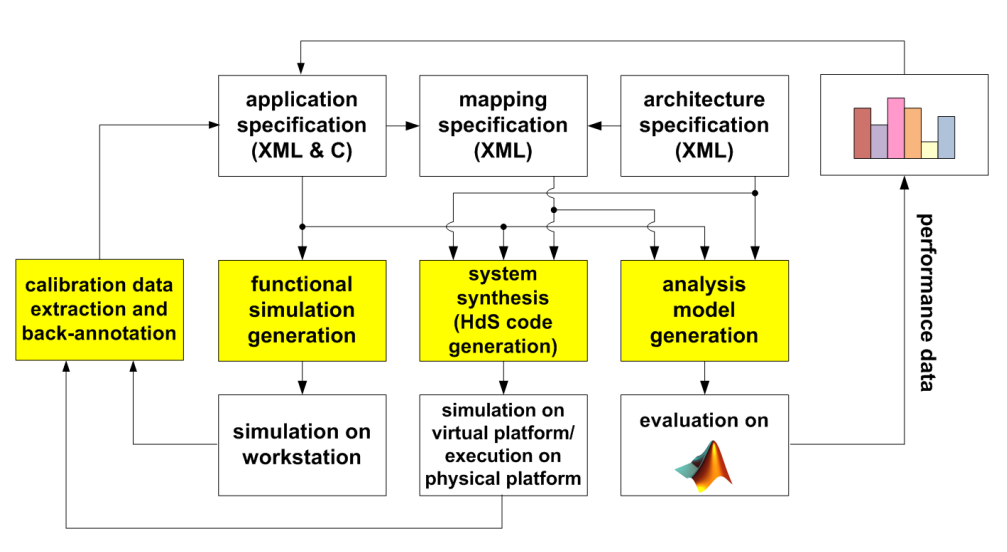关于 GPIO 的输入输出模式的选择,是理解和使用好 GPIO 的关键。这次嵌入式系统实验课程使用的 Tiva C Series TM4C123G LaunchPad Evaluation Board 采用 TI 公司的 TM4C123GH6PM Microcontroller。相较而言,STM32 显得更加优雅简洁。anyway,GPIO 的几种输入输出模式核心技术大同小异,因此我们选用 STM32 作为载体来阐述这个问题,包括几种输入输出模式内部的硬件实现细节以及它们各自适用范畴。
Gary Chan
你永远流淌在我的记忆里?River flows in you
No results found
嵌入式系统导论[03] Model of Computation
承接前期DOL Functional Simulation 和 MPARM Simulation的实验内容,结合在SystemC 系统设计中提到的Y-chart,本文将讨论在 Behavior 层面的系统建模:MoCs (Model of Computation),希望对 DOL 的建模原理有一定认识:
To model streaming applications, the dataflow process network model of computation [Lee and Parks 1995], a subclass of Kahn process networks [Kahn 1974], has been adopted in the DOL design flow.
什么是dataflow process network?Kahn process networks又是什么?接下来我们将一一论述。
嵌入式系统导论[04] Solutions for Priority Inversion in Real-time Scheduling
Real-time systems are collections of tasks where in addition to any ordering constraints imposed by precedences between the tasks, there are also timing constraints, requiring a scheduling strategy. Classical real-time scheduling(实时调度) for Periodic Tasks contains Periodic Rate Monotonic (RM) as well as Earliest Deadline First (EDF). What’s more, tasks share resources and use mutual exclusion to guard access to those resources, resulting in Scheduling Anomalies(调度异常).
本文将讲述 Resources Sharing 给 real-time scheduling 带来的 Priority Inversion(优先级反转)异常,并将重点介绍对应的解决办法:Priority Inheritance Protocol (PIP)、Priority Ceiling Protocol (PCP)、Stack Resource Policy (SRP)。
嵌入式系统导论[02] 浅谈 System C
SystemC 是一种基于 C++ 语言的用于 系统设计 的计算机语言,是用 C++ 编写的一组库和宏。为了更好的了解 SystemC 的用途,我们先从集成电路(IC:通用集成电路、专用集成电路)设计的一些基础讲起,谈谈 SystemC 在 IC 设计流程中的定位;通过对比 SystemC 和我们更为熟悉的 Verilog,进一步了解 SystemC 。
嵌入式系统导论[00] Overview, DOL and MPARM
嵌入式系统实验课大概涉及的内容有以下几个部分:

主体就涵盖了三条纵线一条横线,functional simulation,Hds simulation,analysis model 是三纵,如何通过三纵得到的数据迭代获取 application 和 architecture 的最佳 mapping 为一横。